What to Prioritize When Installing Your Landscape
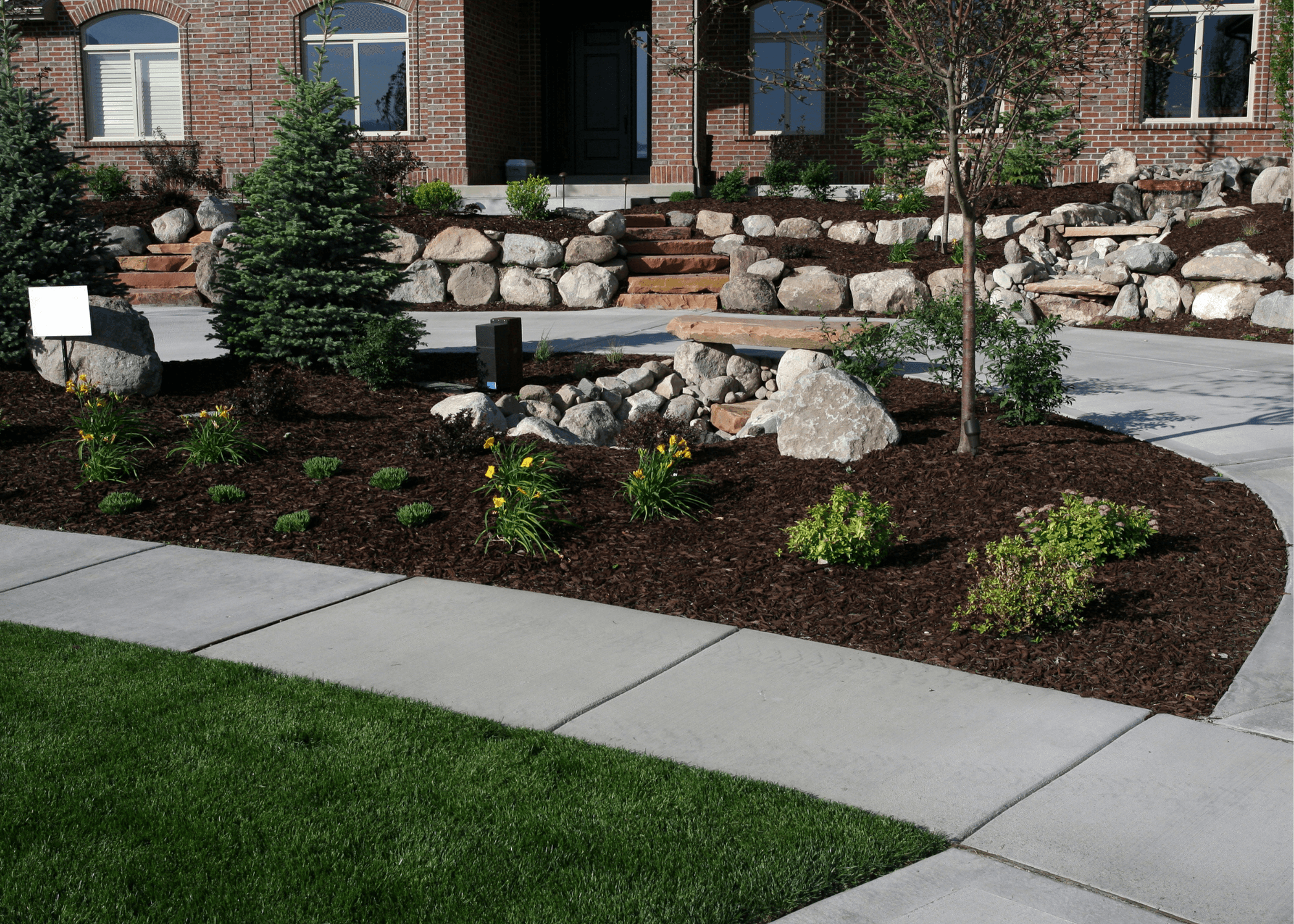
Priority #1 - Hardscapes
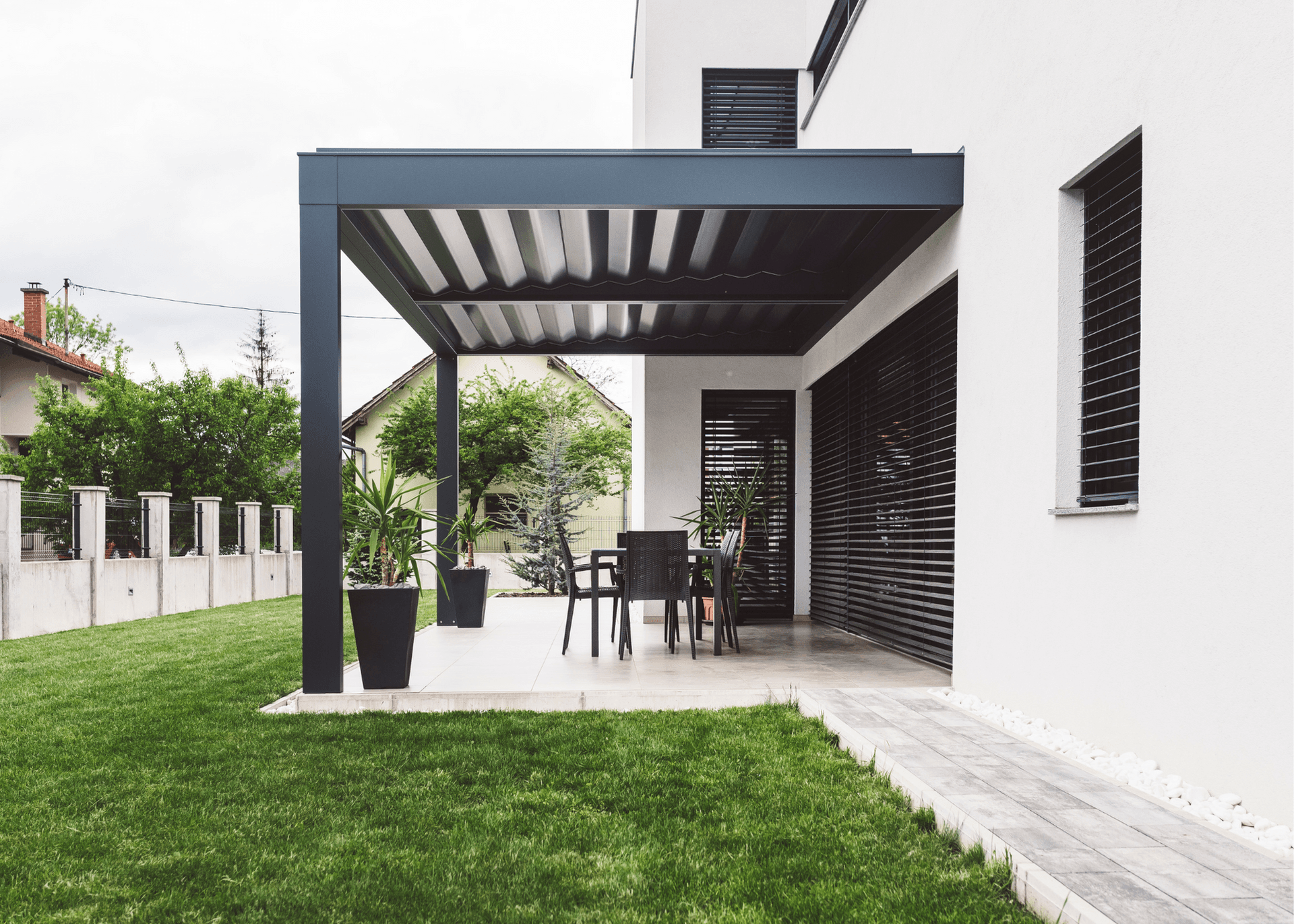
In your yard, hardscapes make up the (literal) foundation of your landscape. Elements like a patio, cement pad, or pathways help to give structure to the canvas of your outdoor living space. For some yards, landscaping may be nearly impossible until you add in terracing or a retaining wall. However, we also recognize that this can be the most expensive part of your install/remodel. So, here’s what we recommend:
Plan spaces that can evolve as the needs of your family change. For example, young children will enjoy a play set, but the same space can become a hot tub or fire pit once they outgrow slides and swings
Be realistic about what you can do on your own, and don’t overwhelm yourself to the point where you’re scared to start
Save for the right materials (cutting corners on cost can lead to higher spending overall if you have to remove projects or buy extra materials)
Get qualified help when you need it
Prioritize the space that your family will utilize the most as your first investment
Be flexible with your approach and recognize that not everything will go according to plan
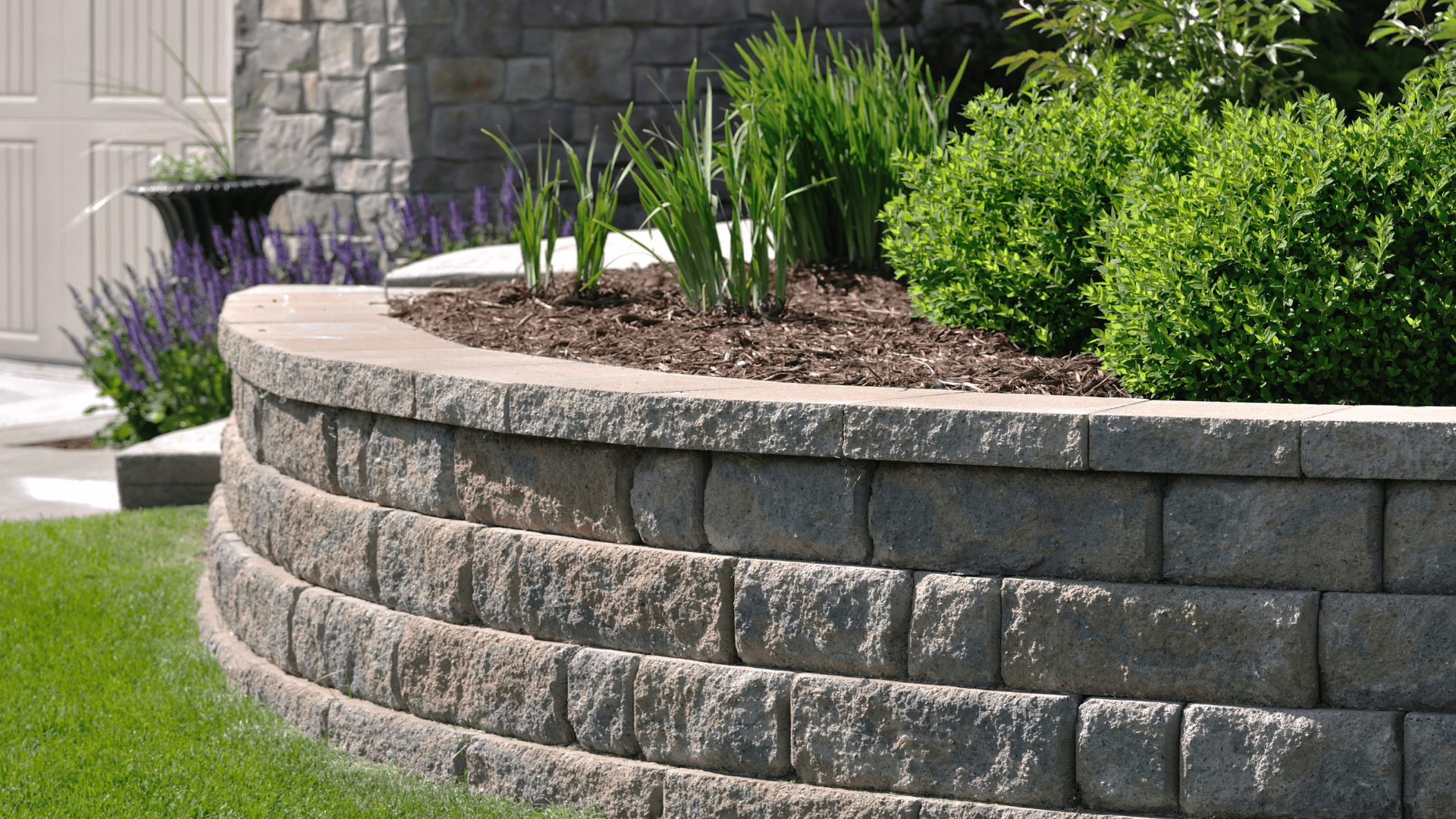
Priority #2 - Plants
When you think about which plants from your list you should purchase first, it can be extremely overwhelming. This list will help you to easily categorize your plants into ones you want to get now, and ones that can wait for later. (Note: these categories are explained in more detail here!!)
Canopy Layer
You will always want to plant your largest trees first because they will take years to grow to maturity. These are the trees which often provide shade and privacy first, then the next most important features include extra interest and seasonal color or blossoms.
If your landscape already contains mature trees, then you may want to consider if you are keeping all of them or if any need to be removed to optimize your design plan. Whether your trees are young or old, remember that the rest of your landscape design will hinge around them. Be aware of which areas in your yard may become more shady with a mature tree or more sunny with a tree that you remove.
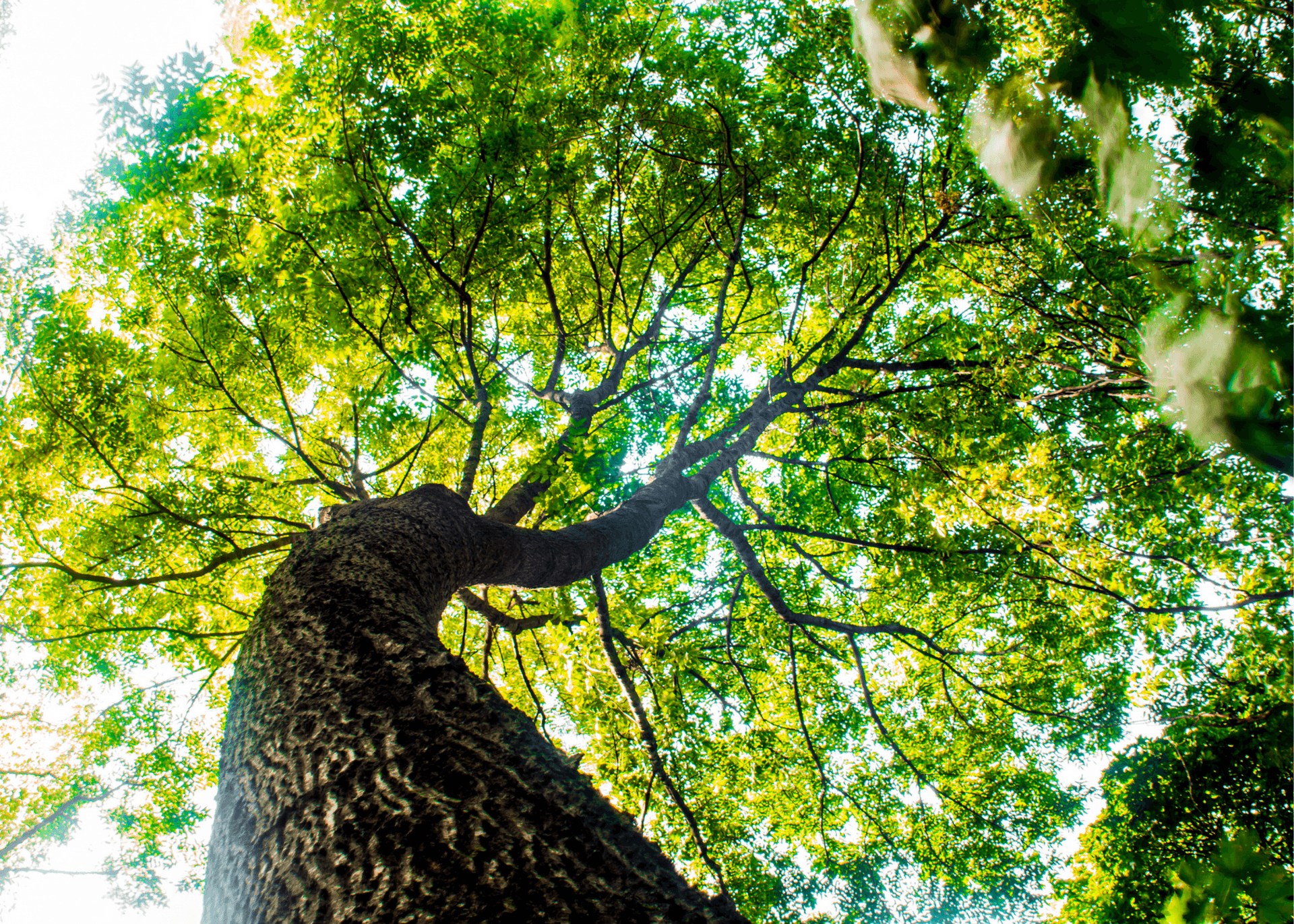
Here are some important things that you should know about planting trees.
Don’t look for the cheapest tree from a box store - it is worth it to invest in a high-quality tree from a reputable garden center in your area
Unless your landscape is over a ¼ acre, trees over 45 feet tall will feel too big
For shade trees, you probably only need about one in the front and back yards. If you over plant with trees, in can become overwhelming when they fully mature
For your canopy layer - not grow into electrical wires, cut back every year
Be aware of the root system. It is important to avoid placing them in an area that could grow into your septic system or the foundation of your home
Tree placement - depending on the way wind comes, screen with a conifer
Shading the home so afternoon and evening sun in summer is blocked - deciduous so leaves fall off in winter
Avoid planting trees in the middle of grass without a barrier. This can become a maintenance headache as the grass grows right up to the tree
Evergreen trees can be a great way to combine screening with year-round interest
Ensure you don’t plant them too deep. This is a mistake that many people make and the ensuing rot can prove to be fatal for your tree. There’s a point on the trunk where the trunk bark transitions to roots. This point is called the root flare or root collar. This should be at ground level, not covered by soil or mulch
Privacy Layer
If you have a chain-link fence and closely positioned neighbors, the privacy layer will be one of your first priorities. However, if you have more space or don’t mind the lack of privacy, this layer may not be as important to you to get in immediately. Plants in the privacy layer are usually texture or foliage based, but you can also get blooms with some options such as a lilac bush. Oftentimes, you can buy these plants in a younger, smaller form at the garden center and allow them to grow to full size over a longer period of time.

TIP: Instead of buying and planting a monoculture hedge that you will have to prune each year and is at risk of disease, use a variety of plants that you know will stay the right size. This improves the biodiversity of your garden and also makes it much easier if something does happen to one of your plants because you don’t have to worry about finding a perfect match as a replacement.
Anchor Combos
Anchor plants can be found in the transition, detail, and surface layers of your design.These are plant combinations that look good all season long and help to create a base for your planting design. To learn how to create anchor combos, you can use the Simplyscapes Select app. Anchor plants should make up about 20% of your plants and each combo should be repeated about 3-5x throughout your yard.
Here’s the order you’ll probably want to follow for buying the anchor plants on your list. There will be some variability based on personal preference, your overall design, and how much time and money you can put into your plants in one season.
Perennials (in any size to add repeating blooms each year)
Transition layer (plants sized 3’-8’)
Detail layer (plants sized 1’-3’)
Surface layer (plants under 12”)
Foliage Focus Combos
After you’ve ensured that your anchor combos are in place, you can move on to your foliage combos. These are made of plants that have colorful foliage without relying on a bloom for interest. These combos are important because they help to break up the sea of green that can happen in many gardens. For this type of combo, you want to include 2 combos (one shade and one sun), and repeat it three times throughout the yard.
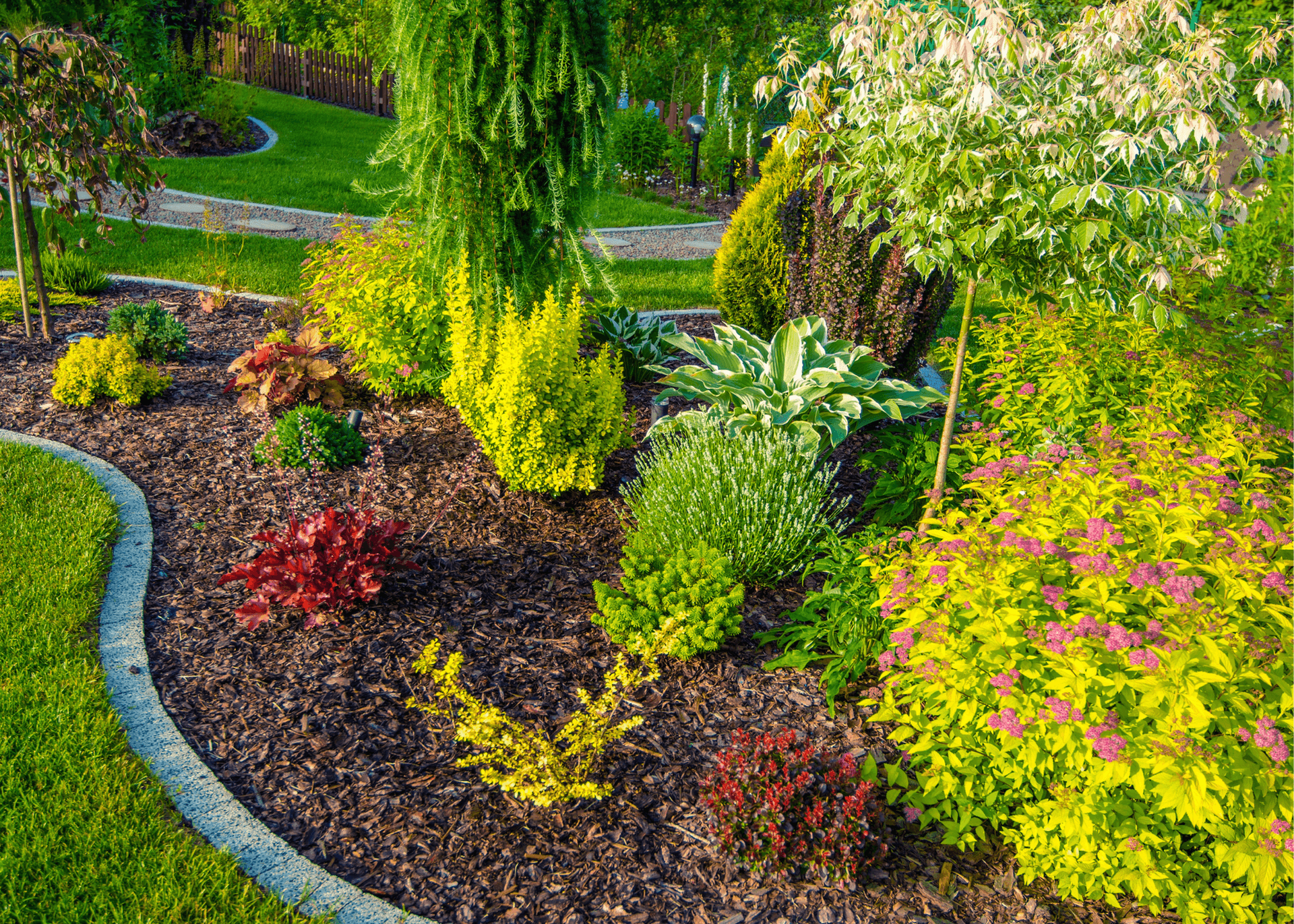
Seasonal Sizzle Combos
Next, you can focus on ensuring that your landscape has unique blooms all season long. For this series, you will include a combo for early spring, spring, summer, and fall that is focused around blooms. If you place these combos scattered throughout your landscape, your yard will become even more visually appealing and exciting throughout each season.
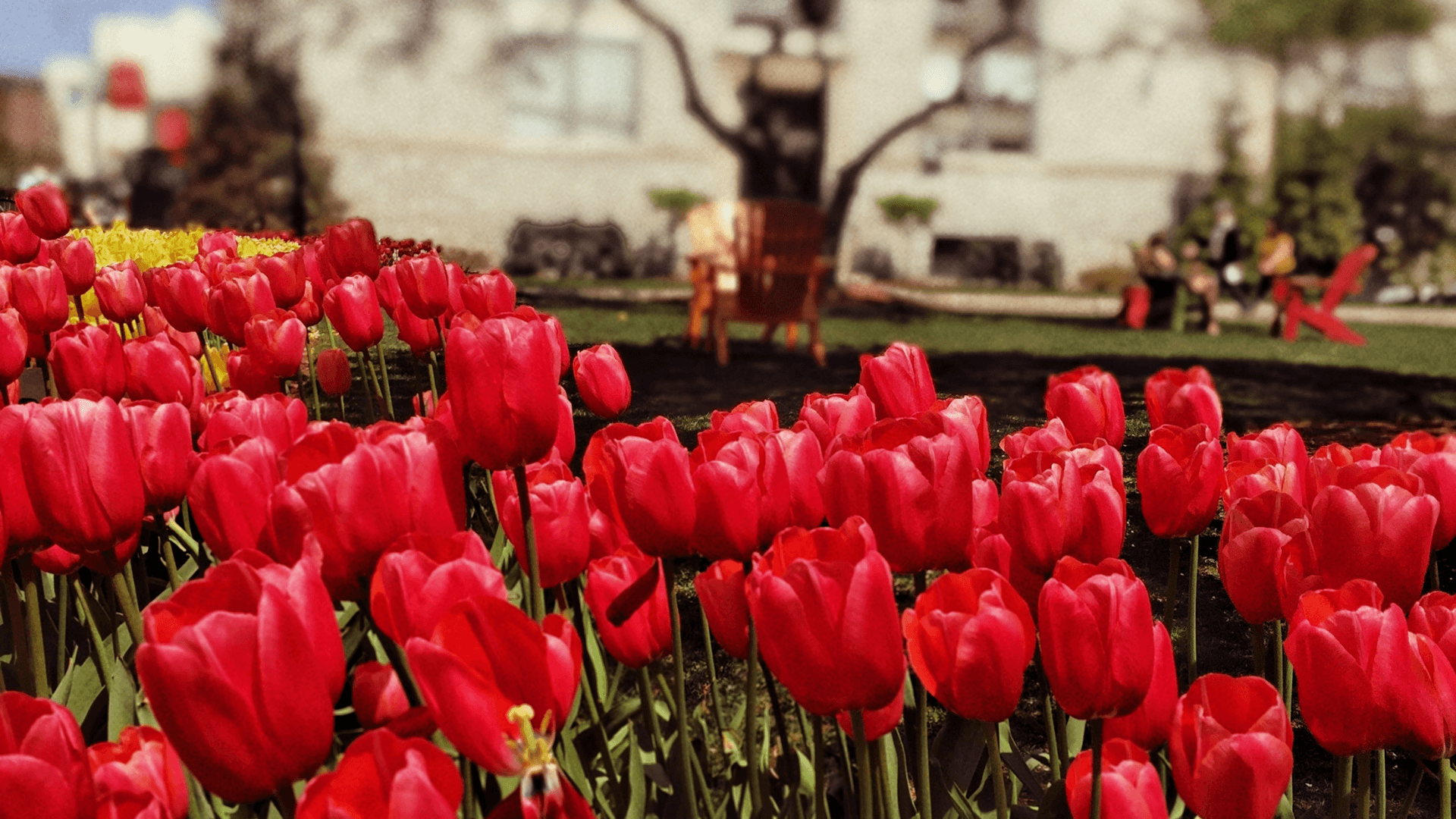
Wildcards
Wildcards are plants that don’t fit into a combo, and you can really plant them whenever you want! Even though it’s helpful to follow a general guideline and process when doing a phased installation of your planting design, you don’t need to force yourself to hold off on planting something that you really love even if it doesn’t follow the guidelines exactly. The beauty of plants is that the more diversity you have in your landscape, the more attractive and healthy it will become.
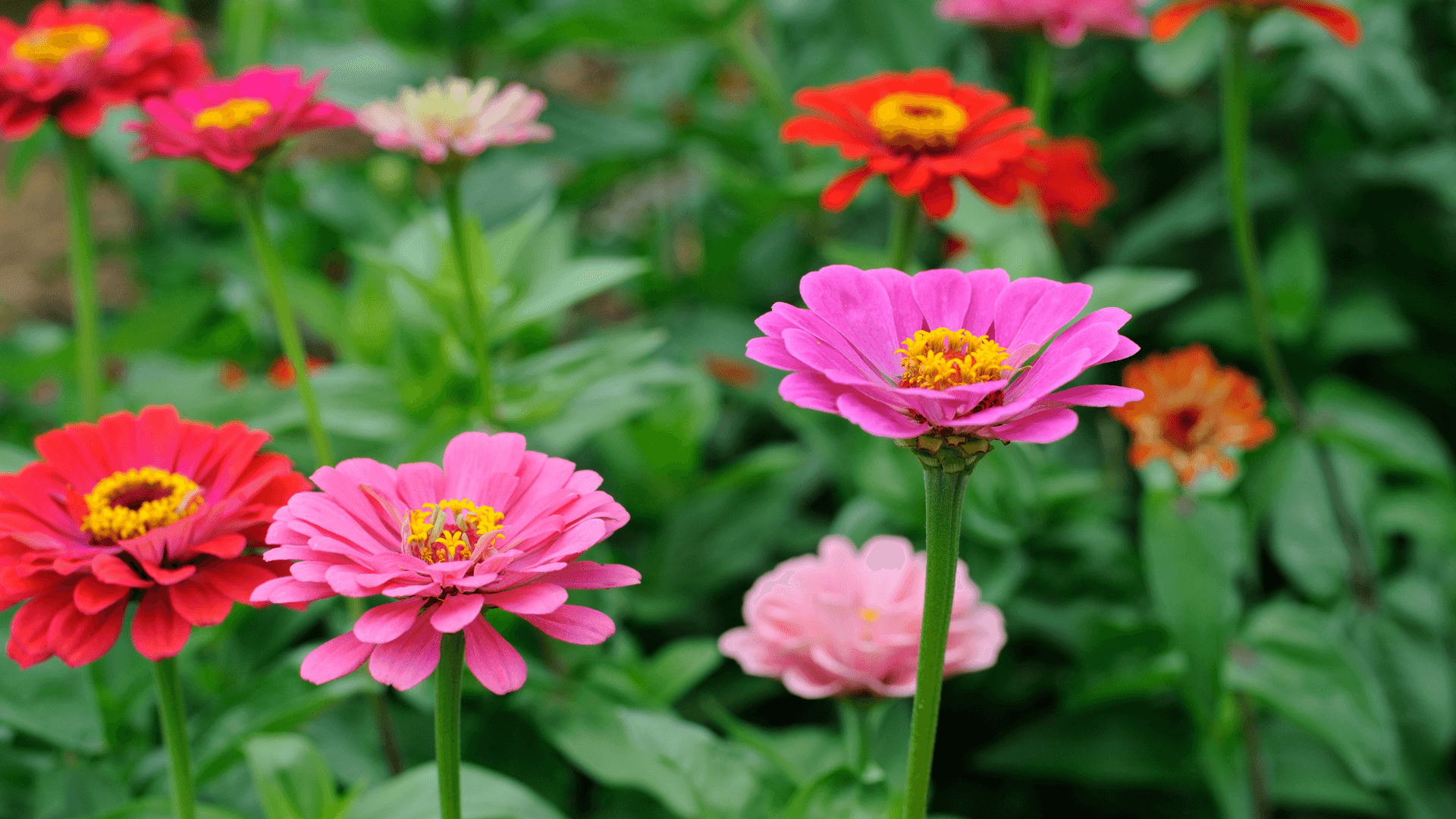
The Big Picture
This guide provides a generalized template for you to follow while working on your installation, but you will inevitably need to make variations as you go. If you’re working with a blank canvas from new construction, you should also consider choosing the plants that will have the biggest impact on your space first. You may also want to prioritize plants that are near the foundation of your house to help finish the exterior appearance and help to cool the home in the summer months. If you are working on an existing yard, you can still focus on the combos mentioned before and use your current plants as the base to build from.
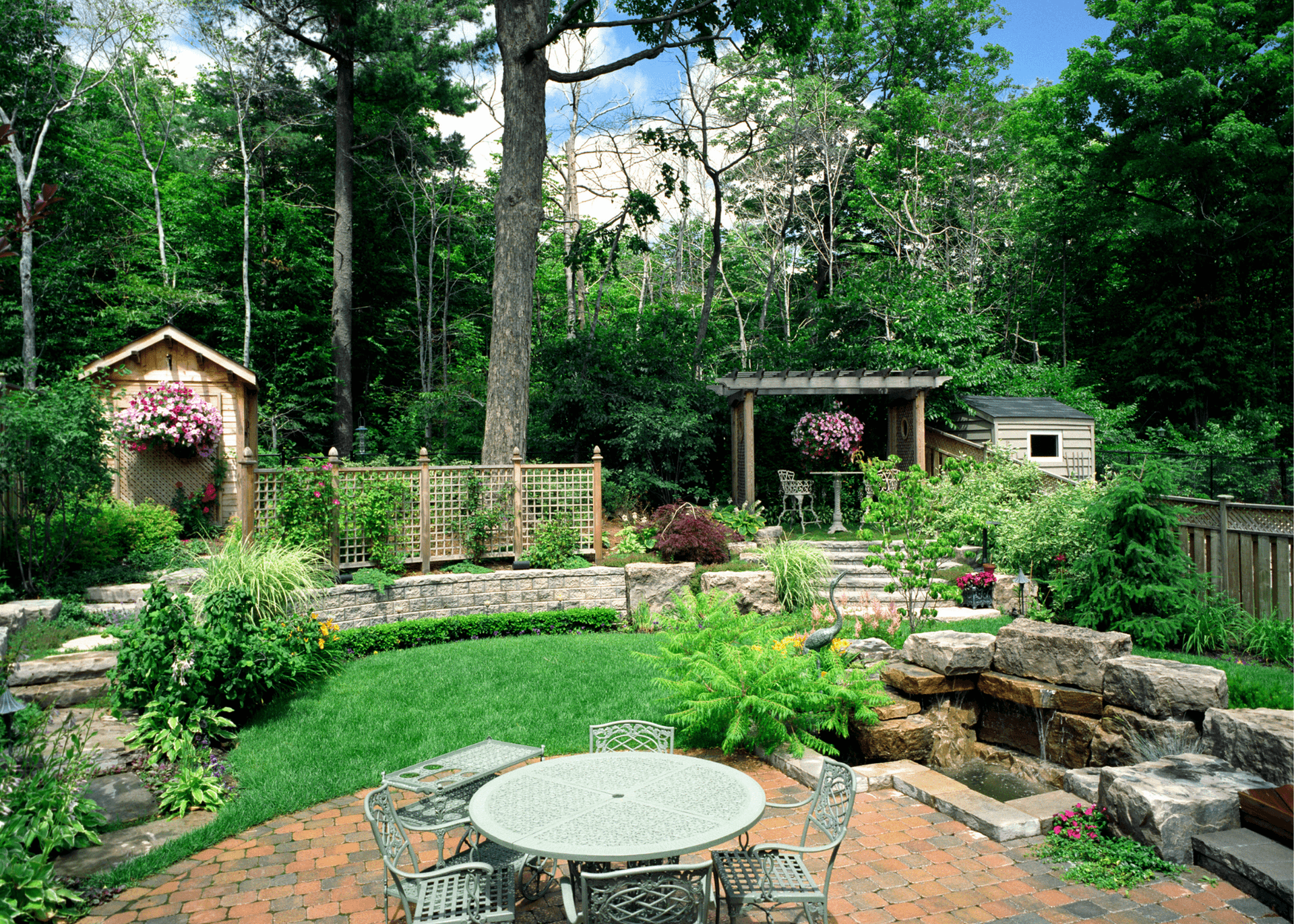
As you do this, try to keep the big picture of what you are trying to accomplish overall in your mind. To make this easier, we recommend creating a living design with Simplyscapes online landscape design software to keep track of what you have and what you still need to get. Now that you have the tools to move forward, you will be able to effectively complete your landscape, no matter what budget you have to work with.

